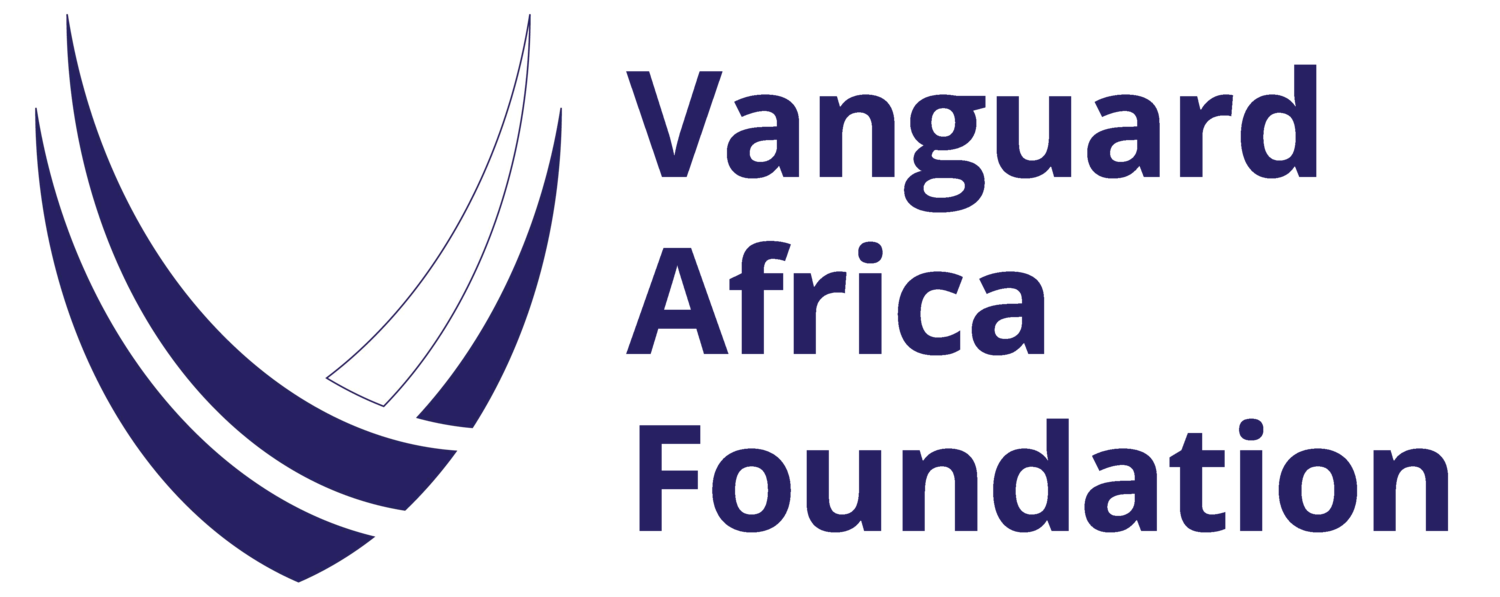The protection against any form of torture, cruel, inhumane or degrading treatment or punishment has been categorized as a non-derogable right under Article 44(a) of the 1995 Constitution of the Republic of Uganda. This draws inspiration from the United Nations Convention against Torture and Other Cruel, Inhuman or Degrading Treatment or Punishment (called hereafter the Convention against torture) to which Uganda is a party, making its policies and actions on torture subject to the oversight of the United Nations Committee Against Torture (called hereafter the CAT).
Last week, the CAT held its 75th Session in Geneva, and among others, considered Uganda’s second periodic state report on compliance with the Convention against torture.
When introducing its report, Uganda’s Attorney General, Kiryowa Kiwanuka, who was the head of the Ugandan delegation, denied the fact that the government runs ‘safe houses’ or ungazetted places of detention and said that such places are run by individuals who are not affiliated with the government. He also denied assertions – made by numerous human rights groups and Ugandan civil society – that the Department of Public Prosecutor had taken no action on cases of torture transferred to it. He instead expressed commitment to ending glaring human rights violations through the already enacted laws such as the 2012 Prevention and Prohibition of Torture Act.
From the presentation of the Attorney General, one might imagine that the government is committed to ending torture and impunity. But this is only if we suspend belief and ignore mounting facts to the contrary. Authoritarian regimes like the one in Uganda take advantage of international platforms, such as the CAT, to not just spin negative news but to project a false image of progress and whitewash their image.
Alexander Dukalskis, an Associate Professor at the School of Politics and International Relations, University College Dublin, observes that “…a good image abroad affords many advantages to authoritarian leaders. It makes achieving foreign policy goals easier and helps marginalize foreign critics. It makes it tougher for exiles and domestic activists to work together and solidifies the government’s legitimacy…”. So, if the CAT falls for these authoritarian image management tactics, victims’ quests for justice and redress will be doomed.
While it is true that there are certain significant advances through legislation and the establishment of human rights institutions, the reforms are merely cosmetic, and systematic torture still exists. Uganda, in particular, faces a deeply rooted crisis of torture and other forms of cruel, inhuman, and degrading treatment with pervasive levels of impunity. For instance, to date, not a single officer has been held accountable for the November 2020 massacre of unarmed civilians even after a BBC investigation identified two official police vehicles whose occupants were responsible for at least some of the killings.
Recent testimony from victims revealed that they are beaten with batons and wire on their ankles, elbows, knees, backs, and testicles. Other victims have been shot in the legs and had their fingernails pulled out.
Ideally, Ugandan courts would take action, including judicial measures, to prevent these and other acts of torture. On the contrary, judicial officers systematically send victims back to remand even when there are clear signs of torture and knowing that they will be further abused by prison authorities. I attribute this to the fact that Ugandan judicial officers are vulnerable to government influence, since appointments and promotions are overseen by the head of state – which is a serious impediment to official accountability while undermining the credibility of the justice system.
Even more regrettably, perpetrators have actually been rewarded and even promoted based on their committed atrocities. For example, this has been the case with the promotion of Gen. Peter Elwelu after commanding the 2016 Kasese clashes in which over 153 people, including many children, were killed. This vicious cycle of impunity has reinforced the practice of torture since the perpetrators are confident that they will not be held responsible and perhaps even get a pay raise.
In Uganda, there is still a wide gap between the ideals embodied in the Convention against torture and its actual implementation. Clearly, the government has not protected its citizens from torture and ill-treatment but has instead been a major perpetrator of human rights violations. What we need to recognize is that combating torture is not simply a question of “getting rid of a few bad apples” as is often argued. It is a matter of reforming the whole system with a stringent legal framework that is not just aligned and committed to the principles of international law, but with a watertight enforcement mechanism that deters such barbaric practices in the future. This would ideally include, for instance, nonpartisan law enforcement agencies and independent human rights institutions and courts that operate without interference from the regime. All of this would help prevent torture and ill-treatment, as well as ensure accountability for perpetrators.
Today, however, judicial independence and the rule of law are foreign concepts in Uganda.
Nevertheless, this is what we, as Ugandans, must strive towards. Because without drastic reforms, including necessary political will, the Committee against torture and other global platforms will merely continue to be opportunities for authoritarian regimes like Uganda to whitewash their horrendous human rights records.
Bwambale Asiimwe Micheal is a human rights lawyer at the Refugee Law Project-Center for Forced Migrants, at Makerere University School of Law. Follow him on Twitter: @MicBwambale
DISCLAIMER: The views expressed in this publication do not necessarily reflect the views of Vanguard Africa, the Vanguard Africa Foundation, or its staff.

